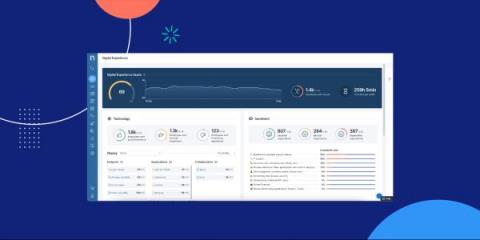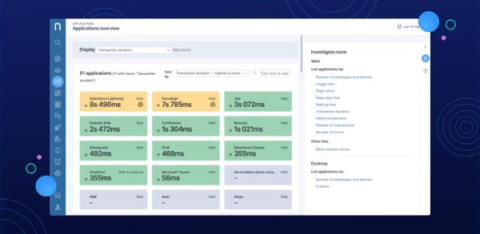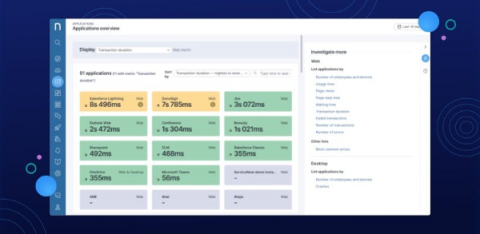The Benefits of Asset Infinity's Real-Time Inventory Tracking for Asset Management
Welcome to our blog, where we explore the powerful capabilities of Asset Infinity's real-time inventory tracking system and its impact on effective asset management. In today's fast-paced business landscape, organizations across industries face the challenge of efficiently managing their assets, ensuring their availability, and optimizing their utilization.











